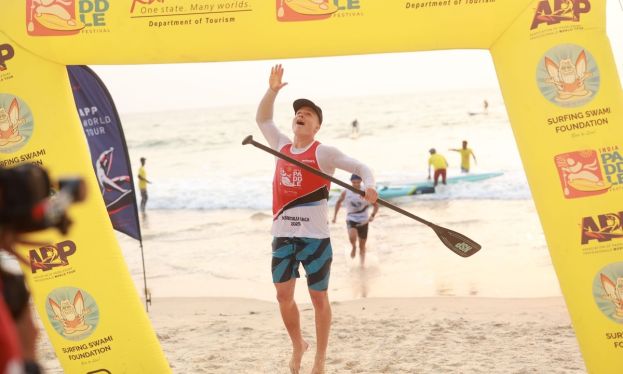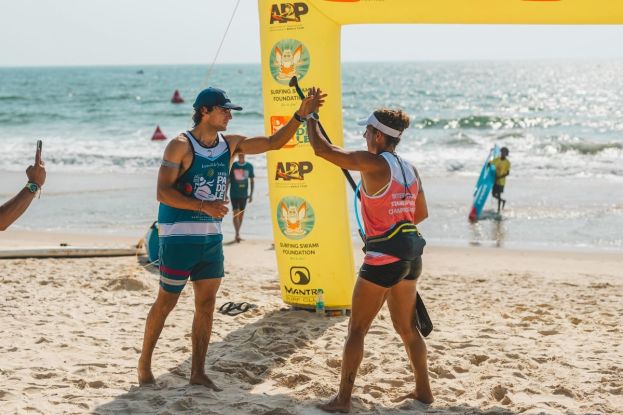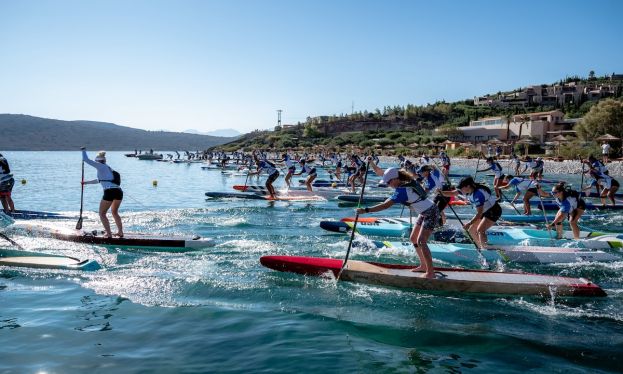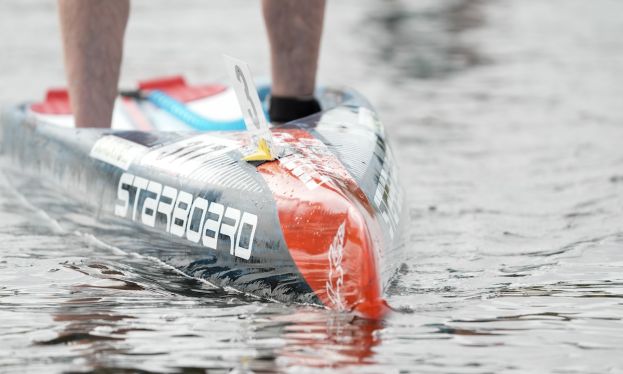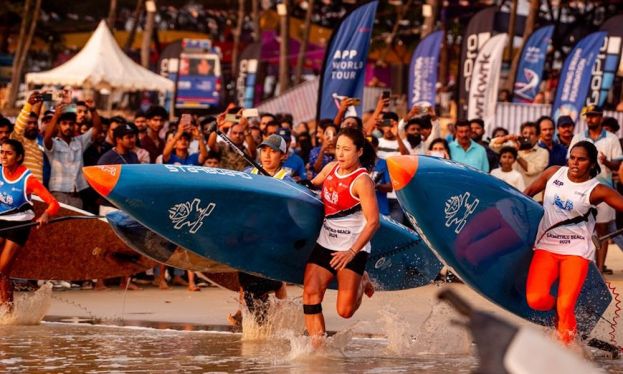Getting Serious About SUP Race Training
- Written by Staff
- Published in Tips
- Comments::DISQUS_COMMENTS
Connor Baxter - one of the most exciting SUP athletes to watch in 2014 | Image: Breedfreak Photography
SAN DIEGO, California - With the constant growth of SUP racing and the increasing number of SUP events, fitness and training is starting to play a more important role in the development of our sport. Today we've got a probing piece, written by Roch Frey from Riding Bumps, discussing where training is at right now and where it's headed, especially for athletes looking to stay at the top.
Words by Roch Frey
Over the last 5 years, the sport of SUP racing grew exponentially. Although the total numbers of SUP racers pales in comparison to other endurance sports (like triathlon or marathon), SUP racers are taking their racing and race training just as seriously as anyone. In fact, many SUP racers are former marathoners, triathletes, and cyclists.

Riggs Napoleon Image: Breedfreak Photography
It should, therefore, be no surprise that we are seeing SUP race athletes getting serious about their race training. It should also be no surprise that the training principles used in other endurance sports are now being applied to SUP race training.
According to Roch Frey of Riding Bumps, a SUP race training website, “the principles of training for endurance sports is essentially the same whether you are cross country skiing, running a marathon, cycling, doing a short distance SUP race such as the Battle of the Paddle, or an ultra-endurance SUP race such as Molokai. Athletes need to focus on their endurance base, periodize their training year, follow the rules of performance nutrition, and avoid overtraining at all costs. Additionally, athletes should strongly consider cross training to promote fitness gains while reducing repetitive use injuries that are so common among paddle athletes.”

Annabel Anderson - a combination of natural talent and hard work makes her an exceptional athlete | Image: Breedfreak Photography
Fitting all of this training into a busy work schedule can be difficult. For many athletes this means following a structured race training program using training gadgets such as heart rate monitors to maximize their training time. Many racers even utilize “two a day” workouts to improve their fitness. “At Riding Bumps, we even consult with athletes who are obtaining personalized anaerobic threshold testing to maximize their training time and race performance.”
“At Riding Bumps, we field questions from SUP race athletes about training, nutrition, race strategy, and equipment. For many athletes that is not enough. The fact of the matter is that the most common question we receive from SUP athletes are inquires from racers looking for personal coaching. I am not surprised about this trend but I am surprised that it happened so quickly. SUP in 2014 appears to be where triathlon was in 1983. We have a long way to go with regard to equipment, training techniques, injury prevention, and nutrition. Right now we do not have all of the answers” said Roch Frey when asked about the current state of SUP racing.
With so many dedicated SUP racers focusing on their trace training, the future is bright for SUP in 2014. Now you know what your competitors are doing. Will 2014 be the year you get serious about your SUP racing?

Staff
Submit your news, events, and all SUP info, so we can keep promoting and driving the great lifestyle of stand up paddling, building its community, and introducing people to healthier living.
Website: supconnect.com Email This email address is being protected from spambots. You need JavaScript enabled to view it.

